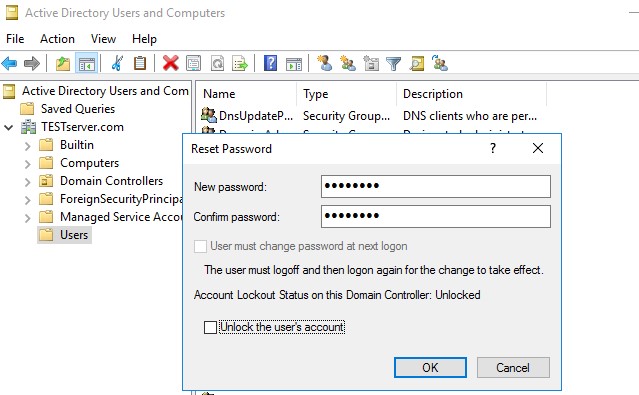Simplify User Onboarding with Seamless Active Directory Import Techniques
Simplify User Onboarding with Seamless Active Directory Import Techniques
Blog Article
A Step-by-Step Guide to Efficient User Import into Active Directory
Handling users in a Active Directory (AD) environment is just a important task for IT administrators, and one of the very frequent procedures is publishing people in to the directory. Whether you're onboarding new personnel or migrating from still another process, an efficient and structured individual ad user password reset for maintaining a wholesome and prepared AD structure. In this step-by-step guide, we'll walk through the most effective practices for importing users into Productive Listing, ensuring accuracy, security, and efficiency.
Step 1: Prepare the Individual Data
Before importing consumers in to AD, it's critical to organize the required data. That an average of involves user names, mail handles, cell phone numbers, divisions, and other applicable attributes. The best training is to utilize a structured format, such as a CSV (Comma-Separated Values) record, to organize and keep the user information. Make certain that each line in the CSV corresponds to an AD feature (e.g., First Title, Last Title, Username, etc.).
Seasoned Idea: Double-check the information for accuracy. Problems at this period can result in mistakes throughout the import process and create issues down the line.

Step 2: Pick the Right Import Approach
There are many approaches to import users into AD, based on your needs and accessible resources. For smaller steps, manual transfer using Productive Listing Users and Pcs (ADUC) may suffice. However, for larger datasets, automation instruments like PowerShell scripts or third-party methods can save time and reduce errors.
PowerShell is certainly one of typically the most popular techniques for publishing users. Using its strong scripting features, you are able to transfer person data from CSV documents and build person reports in bulk. Moreover, PowerShell allows you to customize user features throughout the transfer process, making it well suited for complicated environments.
Step 3: Collection Up Organizational Products (OUs)
Organizational Devices (OUs) are accustomed to arrange customers within Effective Directory. It's most readily useful exercise to make a well-structured OU hierarchy before importing users. This can help improve management tasks such as for example class guidelines, entry controls, and reporting.
When importing people, designate them to the correct OUs centered on the team, role, or location. This not only maintains your AD organized but additionally assures that specific party policies and permissions are used correctly.
Stage 4: Transfer the People
After the info is prepared and OUs are put up, you can begin the import process. If using PowerShell, the script can read the CSV record and build person accounts in AD based on the offered attributes. You are able to contain additional options, such as for instance placing password procedures, permitting reports, or adding consumers to unique organizations, relying on your organization's requirements.

Conclusion
Successfully posting people into Active Directory requires cautious planning, precise information planning, and the best tools. By subsequent this step-by-step manual, IT administrators may assure a clean and organized transfer process, lowering errors, enhancing security, and sustaining a clean and organized AD environment. Whether applying manual techniques or automatic tools, the key to success is based on planning, evidence, and continuing management. Report this page